The subject of our blog today is about one of the top Nazi leaders and a defendant in the International Military Tribunal commonly known as the main Nuremberg Trial. Our last two blogs dealt with two topics that will forever be associated with the city of Nuremberg: the Nazi Party Rally Grounds (click here the blog Zeppelin Field) and the Nuremberg Trials (click here the blog Courtroom 600).
In my opinion, one of the sad outcomes of what became the greatest mass murder in the history of mankind is the fact that most of the Nazi criminals who carried out these crimes were either never held accountable or punished. For most of those who were punished, they were likely to suffer lightly with commuted sentences, outright release, or time served. Many who received death sentences were given early release as evidenced by the Einsatzgruppen Trial (Case 9) during the subsequent American Military Tribunal Nuremberg Trials.
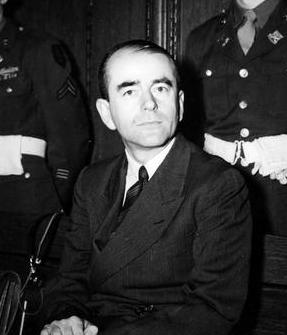
I decided to write this blog on Albert Speer because he is the “poster child” for someone who got off with a relatively light sentence (20-years) when in fact, he should have hanged on 16 October 1946 with the other ten former Nazi leaders. Instead, he died a multi-millionaire, a media star, and a world celebrity almost fifteen years after his release from Spandau Prison.
Did You Know?
The English music group, The Cut, was formed in 1979 and eventually the group changed its name to Spandau Ballet after someone saw the term Spandau Ballet scribbled on the wall of a club bathroom. Many people think it refers to Spandau Prison and the “ballet” portion refers to the movement of feet and legs of the condemned struggling at the end of the rope. The term actually originated with Allied soldiers and refers to the German Spandau machine gun and the little dance the soldiers did as the bullets whizzed by their legs.
Let’s Meet “The Good Nazi”
Born in Mannheim, Germany, Albert Speer (1905−1981) followed in his father and grandfather’s footsteps by becoming an architect (Speer’s son, Albert Jr., also became an architect). He married Margarete Weber (1905−1987) in 1922 and they had six children. While pursuing his post-graduate degrees, Speer attended a Nazi rally in December 1930 which changed his life.
Speer always maintained he was apolitical even when he joined the Nazi party in March 1931 as member number 474,481. Recommended to Hitler by Joseph Goebbels, Speer’s first job for the Nazis was to renovate the party headquarters in Berlin. His next major assignment was to design and build the Party Rally Grounds in Nuremberg. By 1934, Speer had become Hitler’s favorite architect and would consult on all of Hitler’s grand building ideas.
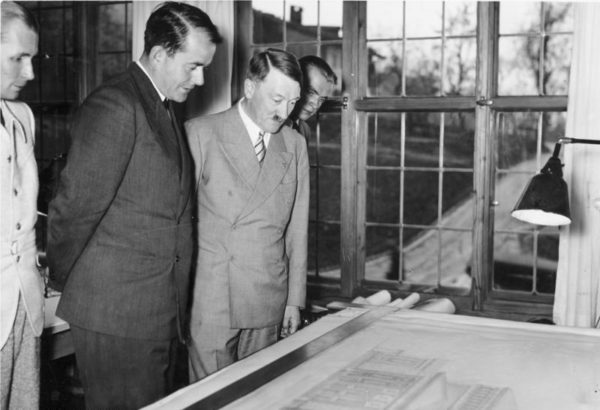
Had Speer stuck just to architecture, he would likely not have spent time in prison. However, his abilities as a top manager and his organizational skills led Hitler to appoint him as one of the regime’s top ministers responsible for maintaining the Nazi war production of armaments which Speer efficiently accomplished right up to the very end of the war.
In other words, Speer’s efforts likely prolonged the war and as we’ll see shortly, resulted in the deaths of thousands of people forced into slave labor.
The Organisation Todt and the Ministry of Armaments
The Organisation Todt’s predecessor was the General Inspector of German Railways. Headed by Fritz Todt from 1933 to 1938, it was responsible for building the German autobahn using conscripted (i.e., compulsory) German labor. Todt’s success resulted in his position being elevated to near cabinet status.
By 1938 this group had been renamed in honor of Todt who after the invasion of Poland was named the Minister for Armaments and Munitions. From that point forward, Organisation Todt (OT) was used entirely for military purposes. Among its other projects, OT was responsible for building the German Atlantic Wall defenses.
Todt became convinced the war against Russia could not be won and he told Hitler his opinions in early February 1942. On 8 February 1942, Todt was killed in a plane crash. Speer was scheduled to be on that plane but at the last minute cancelled his plans to fly to Berlin with Todt. Almost immediately, Hitler appointed Albert Speer as head of OT and the new Minister of Armaments and Munitions. Under Speer, OT concentrated on building fighter aircraft and the Nazis’ rocket program by building the launch platforms for the V-1 and V-2 missiles.
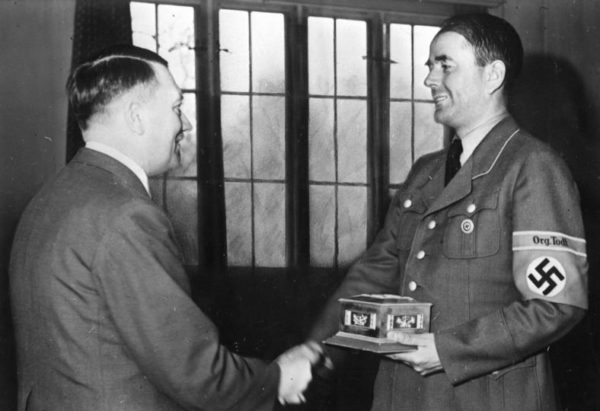
By 1942, OT German laborers began to be replaced by prisoners of war, concentration camp prisoners, and conscripted labor from the occupied countries. By the end of 1944, 1.4 million laborers worked for OT. These people were slave laborers working under the harshest conditions. Their treatment was similar to and many times, worse than the concentration camps. Many of the forced labor perished before they could be liberated (monthly casualty rates under OT amounted to almost 6% of the total labor force).
Dora
By 1943, Hitler and Albert Speer realized they needed a much greater slave labor force for Nazi war production and they began to increase the transfer of concentration camp victims to the factories controlled by OT. During the fall of 1943, a new concentration camp was established in the Harz Mountains of northern Germany. It would be called Dora.
Dora was established as a result of the successful British bombing of Peenemünde, the site of V-2 rocket development. The rocket research, development, and production was transferred to the tunnels of the Kohnstein mountain. Dora was a sub camp of KL Buchenwald with prisoners transported daily from other extermination camps such as Buchenwald and KL Auschwitz. A year later and based on its success, KL Mittelbau-Dora became its own camp with sub camps assigned to it.
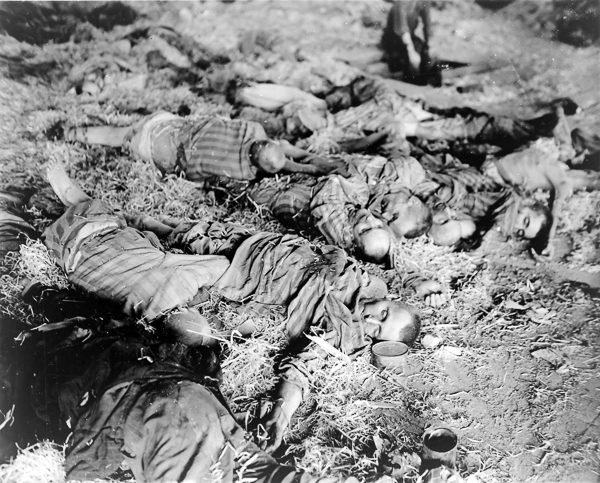
Albert Speer visited Mittelbau-Dora on 10 December 1943. During the visit, he witnessed the appalling conditions within the tunnels including the corpses of the camp’s forced labor strewn across the floors. Speer was impressed by the operations and congratulated the camp’s leadership on their success in such a short time.
Approximately 17,500 slave laborers were used at Mittelbau-Dora in the first six months. Almost 3,000 died and this didn’t count the sick or dying who were shipped off to KL Bergen-Belsen where they likely did not survive. By the end of the camp’s existence, the slave labor forces had risen to more than 40,000. Watch Liberating Dora-Mittelbau.
Mittelbau-Dora and its related sub camps were not the only concentration camps using slave labor forces for the production of armaments. As the Minister of Armaments, Speer was certainly aware of the issues.
International Military Tribunal: The Nuremberg Trial
The end of the war was weeks away when many of the top Nazis (including Hitler, Goebbels, and Himmler) chose suicide over arrest and a death sentence. However, Speer and twenty-three other former Nazi leaders were found, arrested, and put on trial (except for Martin Bormann who was tried in absentia, Robert Ley who committed suicide before the trial began, and Gustav Krupp who was deemed too ill to be tried).
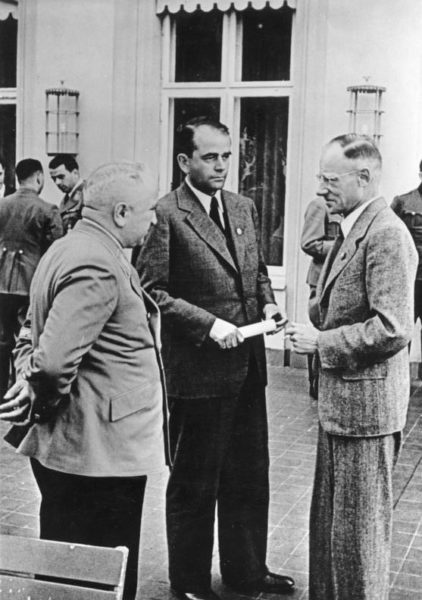
The twenty-one defendants in the main Nuremberg Trial were subject to four separate indictments: (1) Conspiracy, (2) Crimes against Peace, (3) War Crimes, and (4) Crimes against Humanity.
The majority of defendants never admitted their guilt or responsibility—it was “Hitler’s sole responsibility.” The chief U.S. prosecutor at Nuremberg told the court that Speer had joined in the planning and execution of the program to import prisoners of war and foreign workers into German industries where production increased and laborers starved.
Speer did admit overall responsibility for the suffering (albeit, he would later say the camps were only an “unpleasant experience”). However, like the other defendants, Speer plead “not guilty” to all charges. Throughout the trial, he gave the impression he was cooperating with the court. He stated that he had no knowledge about the murder of Jews or others. The noted journalist and author, William L. Shirer, was at the trial. He wrote that Speer made the most significant impression and spoke honestly. Little did the judges or observers know but Albert Speer began his con game with them. The other defendants knew better.
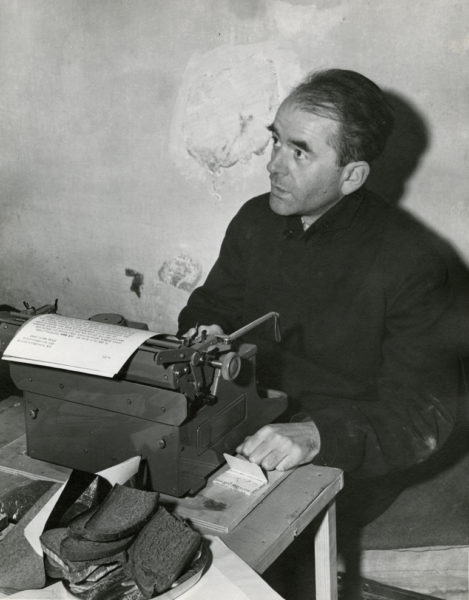
Speer was indicted on all four counts. He was convicted of counts 3 & 4 and sentenced to 20-years in prison. Despite his attempts to gain clemency, all efforts failed and Speer served out the entire sentence. His repeated claims that he knew nothing of the Nazi extermination program probably saved him from the gallows. Speer’s private papers clearly prove he was lying.
Release From Prison and Post-War Social Rehabilitation
By the time Prisoner Number 5—Albert Speer—walked out of Spandau Prison on 1 October 1966, he was known to the world as the “Good Nazi.” He spent the rest of his life attempting to enhance this image and erase any doubt that he did not participate or know about the Nazi atrocities.
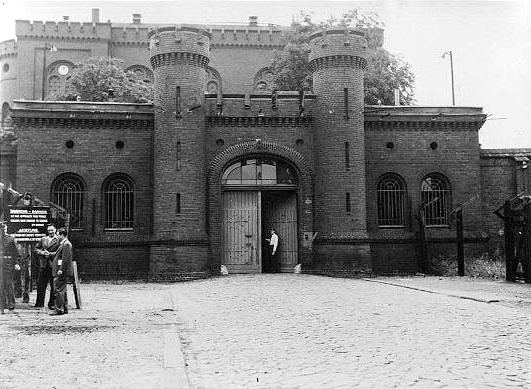
Speer published several bestselling books including Inside the Third Reich and Spandau: The Secret Diaries. He gave exclusive (and well-paid) interviews with newspapers such as the German Der Spiegel and Stern and the American Playboy magazine. Books were written on Speer but most were accounts heavily influenced by Speer himself. He was paid handsomely for his television interviews and participation in documentaries.
Fifteen years after his release from prison while in London to participate in yet another television interview, Speer died of a stroke in the apartment (and bed) of his mistress.
Facts, Not Fables: Deconstruction of Speer’s Personal Public Relations Campaign
One of the recent exhibits at the Documentation Center Party Rally Grounds in Nuremberg, Germany (click here the blog Courtroom 600) was about Albert Speer.
The exhibition, Albert Speer in the Federal Republic: Dealing with the German Past, was put together for the purpose of debunking Speer’s post-war explanations that he knew nothing of the Nazi atrocities while maintaining his high-ranking party position.
Written documentation was found in the early 1970s that placed Speer at Himmler’s Posen (Poznań, Poland) Conference speech in which Himmler outlined the plan for the extermination of the European Jews. Watch Speer and the concentration camp plans.
By the early 1990s, a researcher was allowed access to sources which further proved Speer to be a liar. One piece of research documented Speer’s detailed planning for the restructure of Berlin including Speer’s initiative to “de-Jew” the apartments in Berlin (i.e., remove them from their residences) and deport them. Watch the Berlin Plans.
Documentation was found that showed Speer had a very close relationship to the KL Mittelbau-Dora concentration camp and several others including KL Auschwitz where he personally authorized its extension. His numerous visits to the extermination camps are documented in writing and photos.
The evidence—the facts—are indisputable. Albert Speer was a liar and should have hanged.
Recommended Reading
Christmeier, Martina and Alexander Schmidt (editors). Albert Speer in the Federal Republic: Dealing with the German Past. Exhibition Catalogue for the Documentation Center Party Rally Grounds. Publication Series by Nuremberg Municipal Museums—Volume 13. 2017.
Gregor, Neil. Haunted City: Nuremberg and the Nazi Past. New Haven: Yale University Press, 2008.
Overy, Richard. Interrogations: The Nazi Elite in Allied Hands, 1945. New York: Penguin Books, 2001.
Tusa, Ann and John Tusa. The Nuremberg Trial. New York: Skyhorse Publishing, 2010.
Wachsmann, Nikolaus. KL: A History of the Nazi Concentration Camps. New York: Farrar, Straus and Giroux, 2015.
You will notice that Speer’s book, Inside the Third Reich, is not part of this list. This is on purpose. It is also a book full of falsehoods, inaccuracies and written to purposely deny and hide his responsibility for crimes against humanity.
What’s New With Sandy and Stew?
In addition to writing these bi-weekly blogs, Stew is busy writing the new books, Where Did They Put the Gestapo Headquarters? False War & Vichy: Volume One and Deportations & Liberations: Volume Two. Sandy is busy cataloguing the more than 2,000 pictures she took while we were in Paris (walking the exact routes that will appear in the two books).
Someone Is Commenting On Our Blogs
If there is a topic you’d like to see a blog written about, please don’t hesitate to contact me. I love hearing from you so keep those comments coming.
Please tell your friends about our blog site and encourage them to visit and subscribe. Sandy and I are trying to increase our audience and we need your help through your friends and social media followers.
Why Would You Want To Buy Our “Walks Through History” Books?
Simple.
You like to travel and experience history and historical events. You like to see original buildings that had a significant impact on the people and events of the history you’re engaged with. You want to know the stories behind the brick and mortar in front of you.
The walking tour books are meticulously researched so you can go directly to those sites and learn about the building’s history as well as an introduction to some of the more interesting people associated with it.
Thank You
Sandy and I appreciate you visiting with us. We have some exciting things on the horizon and we’ll keep you updated as we go along.
Share This:
Follow Stew:
Find Stew’s books on Amazon and iBooks.
Please note that we do not and will not take compensation from individuals or companies mentioned or promoted in the blogs.
Walks Through History
Copyright © 2017 Stew Ross


Sneaky SOB. Speer was in charge of armaments which means he was in charge of slave laborers that built some of those armaments, including people from the death camps. He’s was knee deep and should have been hanged with the rest of them. There are no “Good Nazi’s”.
I agree. I titled the blog using the term the media attached to Albert Speer during the Nuremberg Trail. After he was released in the 1960s, history had caught up to him and no one considered him a “Good Nazi.”
AS played his hand well and presented as a technician who was overawed by Hitler and was innocent of the ongoing nazi crimes.In reality he was totally complicit and his “good Nazi” routine was a sham .His social class, education,language skills and street smarts worked to his advantage.His oversight of the confiscation of Jewish appartments in Berlin ,his direct knowledge of the slave labour programme and his competence in armaments production extended the war, multiplied the victims and knew of the extermination programme.
Post war he also sold anonymously his Collection of Hitler sketches and retained the profits.
His final betrayal was to his wife who had supported him throughout his jail term.
A disgusting and self serving spin merchant and liar who richly deserved the ultimate penalty.
.He was never a “good nazi “but rather a self serving,power obsessed servant of the Reich.
Hi Patrick; Thanks for contacting us. I picked the title as a “tongue-in-cheek” reference. As you know, the journalists at the time crowned Speer with that moniker knowing very little about the horrific background of his Nazi career. Frankly, he should have hanged with the others. Unfortunately, he was probably the smartest of the senior Nazi thugs and certainly, one of the most devious. He knew how to “play his cards.” I appreciate your knowledgeable comments. I hope you will continue to enjoy our blogs, both past, present, and future. Stay in touch. STEW